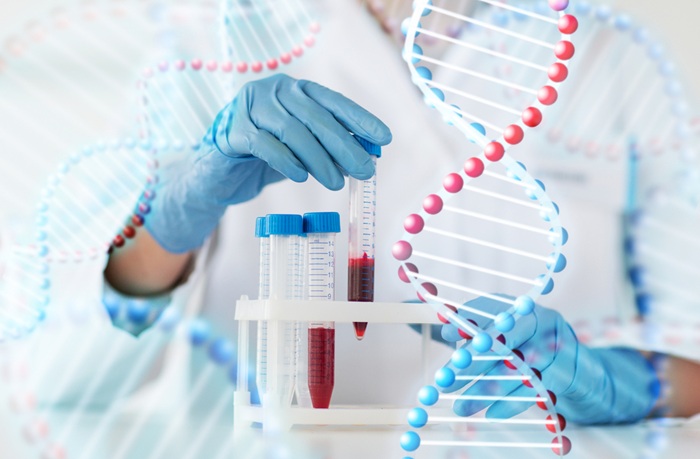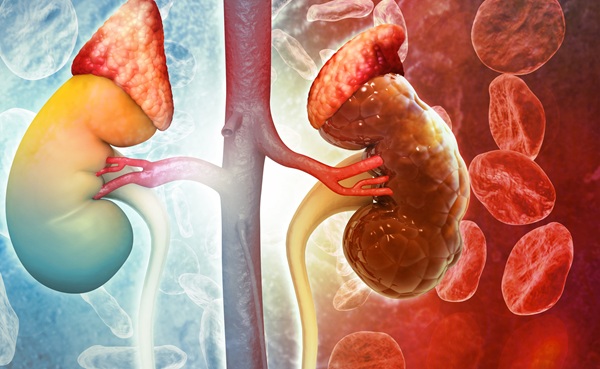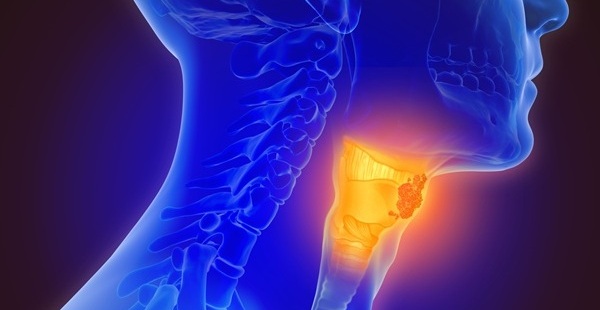Ultrasensitive Blood Test Uses Tumor DNA to Predict Lung Cancer Outcome
Posted on 17 Jan 2025
A groundbreaking study has revealed advancements in lung cancer detection using an ultra-sensitive personalized test designed to identify even the smallest traces of circulating tumor DNA (ctDNA) in the blood of cancer patients and survivors.
In the TRACERx lung cancer study, researchers at the Francis Crick Institute (London, UK) and University College London (London, UK) utilized the NeXT Personal assay from Personalis, Inc. (Fremont, CA, USA) to demonstrate the significance of ultra-sensitive ctDNA detection in lung cancer. The NeXT Personal assay employs whole-genome sequencing of a patient's tumor to identify a unique genetic signature, consisting of up to approximately 1,800 variants. Based on this, a personalized blood test is created for the patient to detect the ctDNA signature with ultra-high sensitivity, down to approximately 1 part per million (PPM) of ctDNA. In their study, the researchers applied NeXT Personal to analyze pre-operative blood samples from 171 patients in the TRACERx cohort who had early-stage non-small cell lung cancer (NSCLC).

The NeXT Personal test demonstrated exceptional sensitivity in detecting early-stage I-III NSCLC pre-operatively, identifying 100% of non-adenocarcinomas and 81% of lung adenocarcinomas (LUAD), a common subtype that has been particularly challenging to detect in blood samples due to low ctDNA shedding. The study, published in Nature Medicine, also found that ctDNA levels before surgery were highly predictive of overall survival in early-stage LUAD patients. Those who tested negative for ctDNA before surgery with NeXT Personal showed a 100% 5-year overall survival rate, while those who tested positive exhibited a higher risk of relapse during the same period. Furthermore, even patients with very low levels of cancer (below 80 PPM of ctDNA) showed a high risk of recurrence, highlighting the importance of ultra-sensitive minimal residual disease (MRD) testing with NeXT Personal. These findings suggest the potential of NeXT Personal in guiding the management of lung cancer, which is one of the most prevalent cancers and has high recurrence rates, even in early-stage cases.
"We designed NeXT Personal to detect residual or recurrent cancer in its earliest stages, and this study shows the clinical importance of that ultra-sensitive detection in early-stage lung cancer,” said Richard Chen, MD, MS, Chief Medical Officer and Executive Vice President of R&D at Personalis. “We look forward to continuing our work with the TRACERx team on the broader clinical performance of ctDNA testing in early stage lung cancer. We expect the subsequent publication of those results will help support our submission for Medicare coverage of NeXT Personal Dx in lung cancer.”
Related Links:
Francis Crick Institute
University College London
Personalis, Inc.














